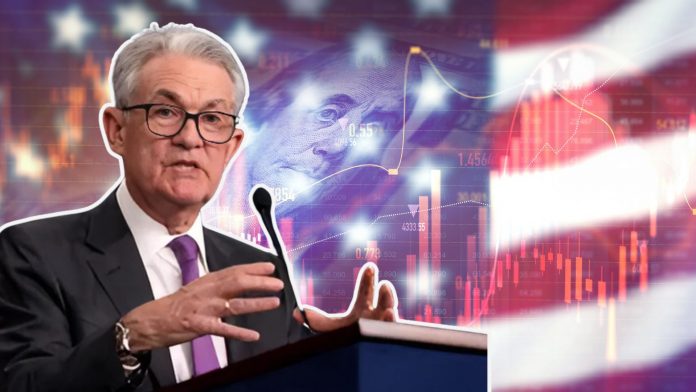U.S. inflation slowed in March, with consumer prices rising by just 2.4% from the previous year, down from 2.8% in February. This marks the lowest inflation rate since September, as key costs like gas, airline fares, and hotel rooms fell. Core inflation, which excludes volatile food and energy prices, increased by 2.8%, a significant decrease from February’s 3.1% rise.
Despite this cooling trend, economists caution that the effects of ongoing tariffs, including those imposed on China, could drive inflation back up in the coming months. Even with a recent 90-day pause in some tariffs announced by President Donald Trump, the overall impact of these duties is expected to become more evident in 2 to 3 months. Paul Donovan, chief economist for UBS Wealth Management, warned that the tariff increases represent a tax burden on U.S. consumers that will likely push prices higher.
The March data shows a 0.1% monthly price drop, marking the first monthly decline in nearly five years. However, economists advise caution, as this data is based on past trends and does not account for future price pressures from tariffs.
Notably, used car prices saw a slight drop of 0.7% from February to March, and auto insurance costs fell by 0.8%, though insurance premiums are still up 7.5% year-over-year. Travel-related expenses, including airfare and hotel rates, also fell, largely due to reduced international tourism amid the trade uncertainties linked to Trump’s policies. Visits to the U.S. dropped by nearly 12% in March.
While some costs decreased, food prices rose, with grocery costs climbing by 0.5%. Notably, egg prices surged by 5.9%, reaching a new record high of $6.23 per dozen.
Despite the short-term pause on some tariffs, the long-term effects of President Trump’s trade policies remain uncertain. The remaining tariffs, especially on Chinese imports, are likely to contribute to higher inflation throughout 2025. As companies adjust supply chains outside China and grapple with increased costs, U.S. consumers will likely face higher prices in the near future.
Federal Reserve Chair Jerome Powell indicated that the central bank would hold interest rates steady at around 4.3% as it monitors how Trump’s policies impact the economy. With uncertainty surrounding future trade actions, both businesses and consumers are bracing for further economic shifts.










